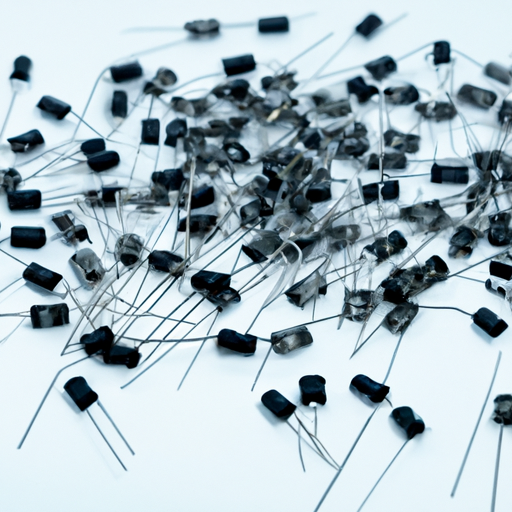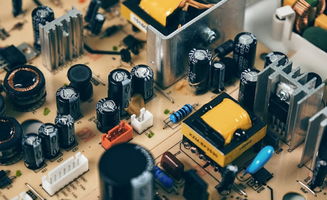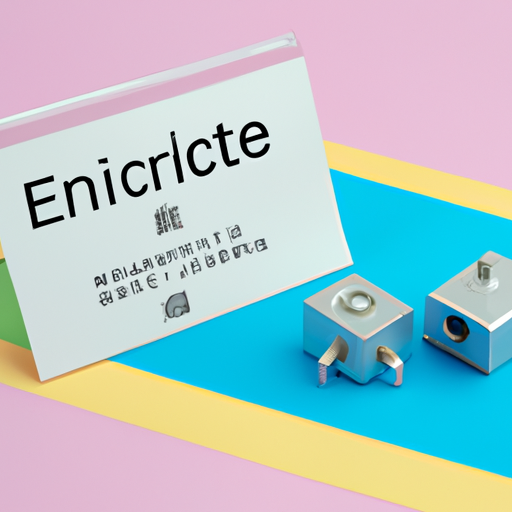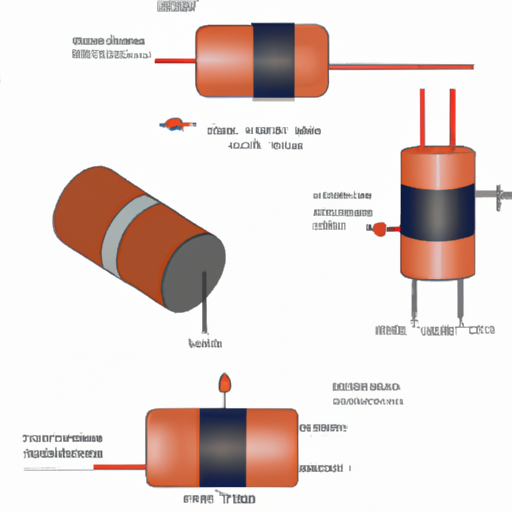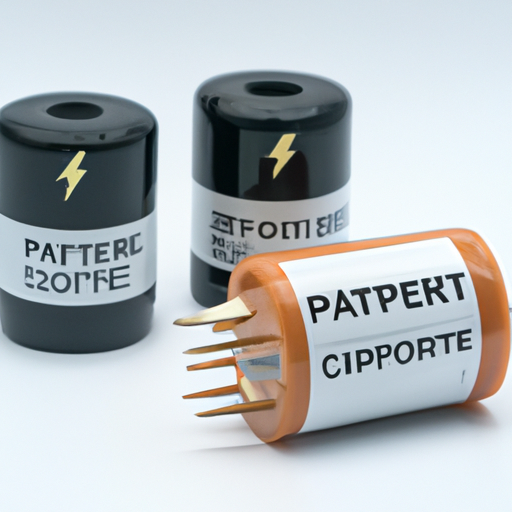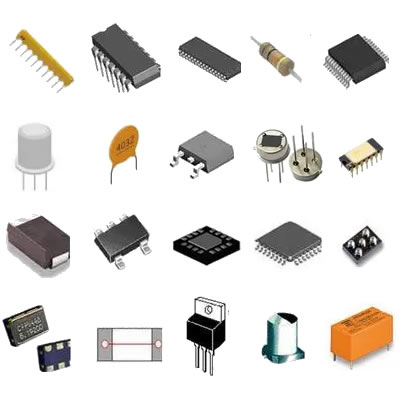What are the product standards for chip inductors?
What are the Product Standards for Chip Inductors?
I. Introduction
In the world of electronics, chip inductors play a crucial role in managing electrical signals and energy. These small components, often found in various devices, help filter signals, store energy, and maintain the stability of circuits. As technology advances, the demand for reliable and efficient electronic components has surged, making product standards more important than ever. This article aims to explore the product standards for chip inductors, their significance, and the challenges faced by manufacturers in meeting these standards.
II. Understanding Chip Inductors
A. Basic Principles of Inductance
Inductance is a fundamental property of electrical circuits, defined as the ability of a component to store energy in a magnetic field when an electric current passes through it. Chip inductors, also known as surface-mount inductors, are designed to provide inductance in a compact form factor, making them ideal for modern electronic applications.
B. Types of Chip Inductors
1. **Fixed Inductors**: These inductors have a predetermined inductance value and are widely used in applications where a stable inductance is required, such as in power supplies and RF circuits.
2. **Variable Inductors**: These allow for adjustable inductance values, providing flexibility in tuning circuits. They are less common in chip form but are essential in specific applications like radio transmitters.
C. Applications of Chip Inductors in Electronic Devices
Chip inductors are integral to various electronic devices, including smartphones, laptops, and automotive systems. They are used in power management circuits, signal filtering, and energy storage applications, contributing to the overall performance and efficiency of these devices.
III. Importance of Product Standards
A. Ensuring Quality and Reliability
Product standards are essential for ensuring that chip inductors meet specific quality and reliability criteria. These standards help manufacturers produce components that perform consistently under various conditions, reducing the risk of failure in critical applications.
B. Facilitating Interoperability Between Components
Standards promote interoperability among different manufacturers' components, allowing designers to mix and match parts without compatibility issues. This flexibility is vital in the fast-paced electronics industry, where rapid prototyping and product development are crucial.
C. Compliance with Regulatory Requirements
Many industries are subject to strict regulatory requirements regarding safety and performance. Adhering to product standards helps manufacturers comply with these regulations, ensuring that their products can be marketed and sold in various regions.
D. Enhancing Consumer Safety
By adhering to established product standards, manufacturers can enhance consumer safety. Standards help minimize the risk of electrical failures, overheating, and other hazards associated with electronic components, ultimately protecting end-users.
IV. Key Product Standards for Chip Inductors
A. International Standards
1. **IEC (International Electrotechnical Commission)**: The IEC develops international standards for electrical and electronic technologies, including chip inductors. These standards cover performance, safety, and testing methods.
2. **ISO (International Organization for Standardization)**: ISO standards focus on quality management and assurance, ensuring that manufacturers maintain high production standards throughout their processes.
B. Regional Standards
1. **ANSI (American National Standards Institute)**: ANSI oversees the development of standards in the United States, including those relevant to chip inductors. Compliance with ANSI standards is often required for products sold in the U.S. market.
2. **JIS (Japanese Industrial Standards)**: JIS standards govern the quality and performance of electronic components in Japan, ensuring that products meet local market requirements.
C. Industry-Specific Standards
1. **AEC-Q200 for Automotive Applications**: This standard outlines the reliability requirements for passive components used in automotive applications, ensuring that chip inductors can withstand harsh conditions.
2. **MIL-STD for Military Applications**: Military standards specify rigorous testing and performance criteria for components used in defense applications, ensuring reliability in critical situations.
V. Testing and Certification Processes
A. Overview of Testing Methods for Chip Inductors
1. **Electrical Testing**: This involves measuring the inductance, DC resistance (DCR), and other electrical parameters to ensure the component meets specified performance criteria.
2. **Environmental Testing**: Chip inductors undergo various environmental tests, including temperature cycling, humidity exposure, and vibration testing, to assess their durability and reliability under different conditions.
B. Certification Bodies and Their Roles
1. **UL (Underwriters Laboratories)**: UL is a global safety certification organization that tests and certifies electronic components, including chip inductors, to ensure they meet safety and performance standards.
2. **TUV (Technischer Überwachungsverein)**: TUV is another prominent certification body that evaluates and certifies electronic components, focusing on safety, quality, and environmental compliance.
C. Importance of Third-Party Testing and Certification
Third-party testing and certification provide an unbiased assessment of a product's compliance with established standards. This process enhances consumer confidence and helps manufacturers demonstrate the reliability of their products in the marketplace.
VI. Common Specifications and Parameters
A. Inductance Value and Tolerance
The inductance value, measured in henries (H), is a critical specification for chip inductors. Tolerance indicates the allowable deviation from the nominal inductance value, which is essential for ensuring circuit performance.
B. DC Resistance (DCR)
DCR is the resistance encountered by direct current flowing through the inductor. Lower DCR values are preferred as they minimize power loss and heat generation, enhancing overall efficiency.
C. Current Rating and Saturation Current
The current rating indicates the maximum continuous current the inductor can handle without overheating. Saturation current is the point at which the inductance value begins to drop significantly due to magnetic saturation, which can affect circuit performance.
D. Self-Resonant Frequency (SRF)
SRF is the frequency at which the inductor's reactance equals its resistance, causing it to resonate. Understanding SRF is crucial for applications involving high-frequency signals, as it impacts the inductor's performance.
E. Quality Factor (Q Factor)
The Q factor measures the efficiency of the inductor, with higher values indicating lower energy losses. A high Q factor is desirable for applications requiring minimal signal distortion.
F. Temperature Coefficient
The temperature coefficient indicates how the inductance value changes with temperature. Manufacturers must consider this parameter to ensure consistent performance across varying environmental conditions.
VII. Challenges in Meeting Product Standards
A. Technological Advancements and Evolving Standards
As technology evolves, so do product standards. Manufacturers must continuously adapt to new requirements, which can be challenging and resource-intensive.
B. Cost Implications for Manufacturers
Meeting stringent product standards often involves significant investment in testing, certification, and quality control processes. This can increase production costs, impacting pricing and competitiveness.
C. Balancing Performance and Compliance
Manufacturers must strike a balance between achieving high performance and meeting compliance requirements. This challenge can lead to trade-offs that affect product design and functionality.
VIII. Future Trends in Chip Inductor Standards
A. Impact of Miniaturization on Standards
As electronic devices become smaller and more compact, chip inductors must also shrink in size. This trend necessitates the development of new standards that address the unique challenges posed by miniaturization.
B. Emerging Technologies and Their Influence
Technological advancements, such as the rise of 5G and IoT, are driving the need for new chip inductor designs and standards. Manufacturers must stay ahead of these trends to remain competitive.
C. Sustainability and Environmental Considerations
With increasing awareness of environmental issues, manufacturers are under pressure to adopt sustainable practices. Future standards may incorporate guidelines for environmentally friendly materials and production processes.
IX. Conclusion
In conclusion, product standards for chip inductors are vital for ensuring quality, reliability, and safety in electronic components. These standards facilitate interoperability, compliance with regulations, and consumer protection. As technology continues to evolve, manufacturers must prioritize adherence to these standards to remain competitive and meet the demands of the market. By understanding and embracing product standards, both manufacturers and consumers can contribute to a safer and more efficient electronic landscape.
X. References
1. International Electrotechnical Commission (IEC)
2. International Organization for Standardization (ISO)
3. American National Standards Institute (ANSI)
4. Japanese Industrial Standards (JIS)
5. AEC-Q200 Automotive Component Reliability Standard
6. MIL-STD Military Standards
7. Underwriters Laboratories (UL)
8. Technischer Überwachungsverein (TUV)
This comprehensive overview of product standards for chip inductors highlights their significance in the electronics industry, providing valuable insights for manufacturers, designers, and consumers alike.

